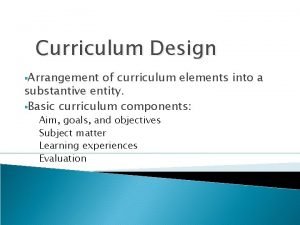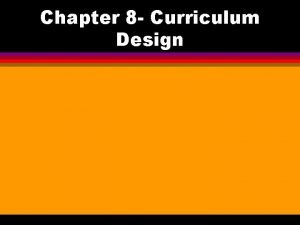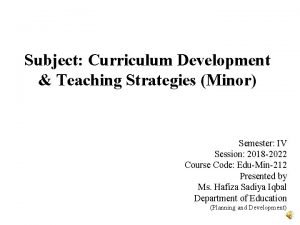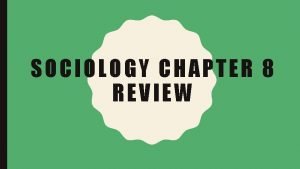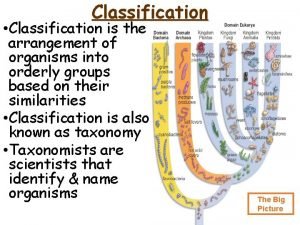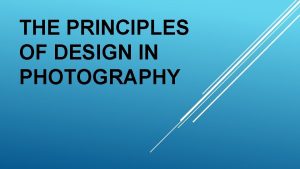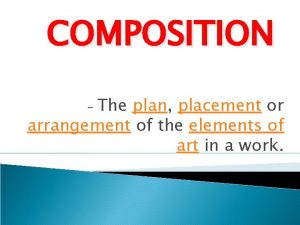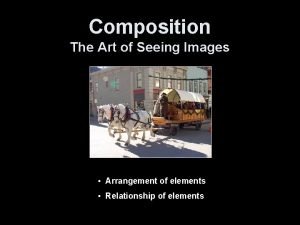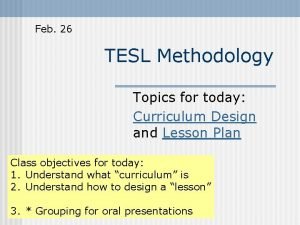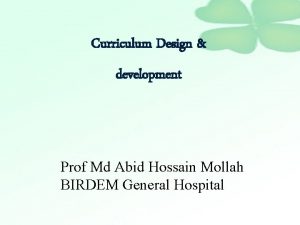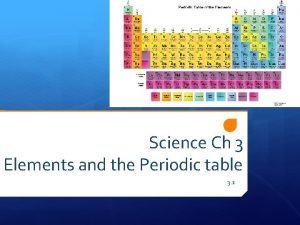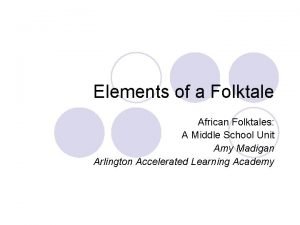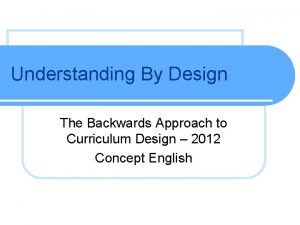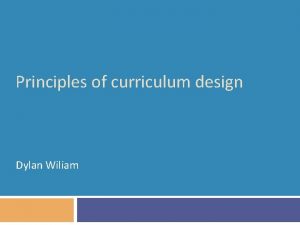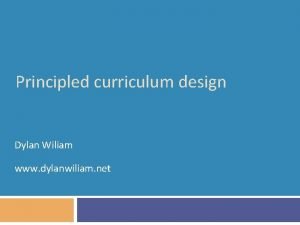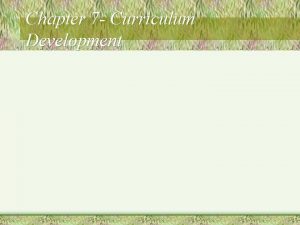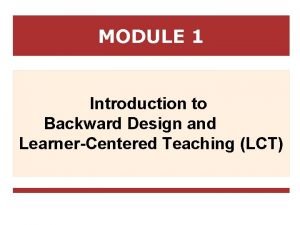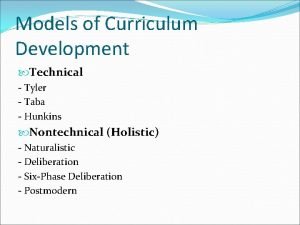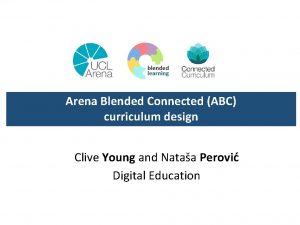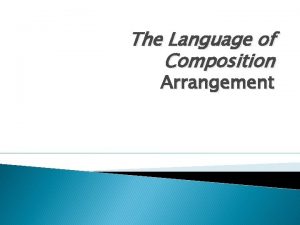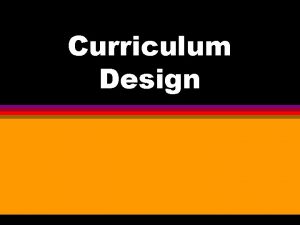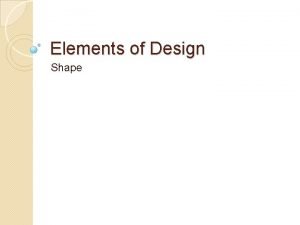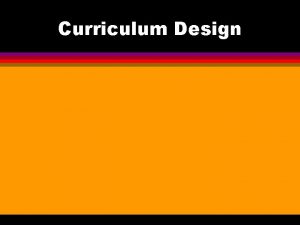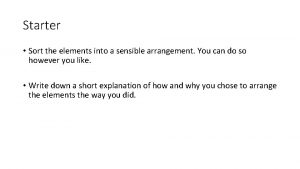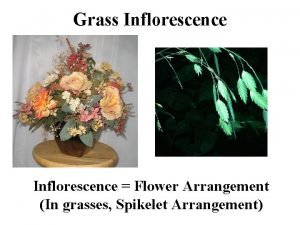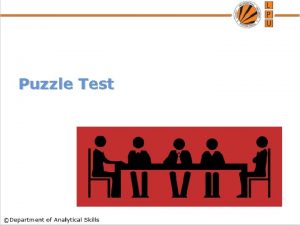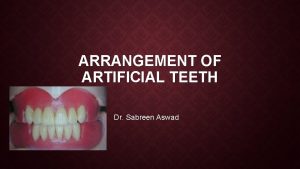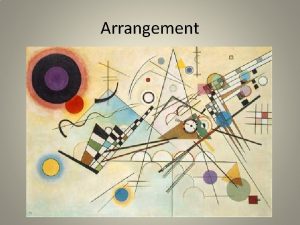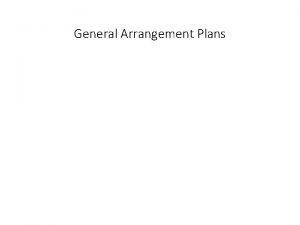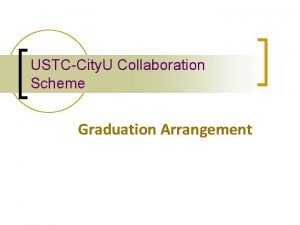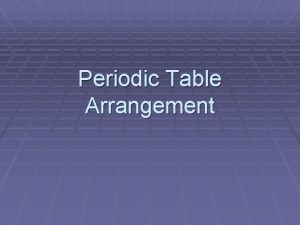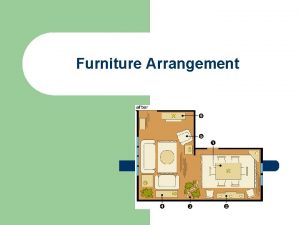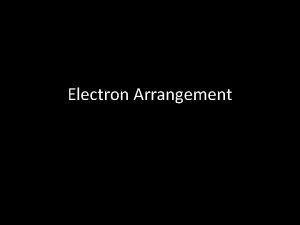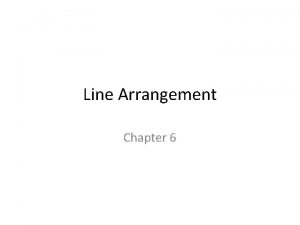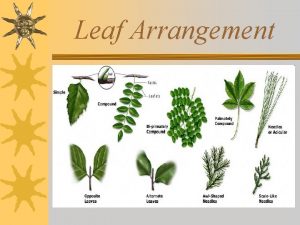Curriculum Design Arrangement of curriculum elements into a




























- Slides: 28

Curriculum Design §Arrangement of curriculum elements into a substantive entity. §Basic curriculum components: Aim, goals, and objectives Subject matter Learning experiences Evaluation

Curriculum Design

Curriculum Design � � 1. 2. � � Emphasis on different components shape the design of the curriculum. Taba believes that most curriculum lack balance because the components are poorly defined, or they not considered within a theoretical framework When curriculum are planned those who construct the curriculum may place differing emphases on these components parts. Usually more emphasis is placed on the subject matter.

Curriculum Design (Categories) � Academic curriculum design. These design usually focuses on a body of knowledge grouped into disciplines, subject matter, or broad areas. It is commonly used for school models. � Technical curriculum design. The curriculum is organized around the analysis of performance task and process sequencing rather than content. � Intellectual process curriculum design. The goal of this design is to increase learning efficiency and the transfer of problem-solving skills to other content areas and life experiences. The focus is on the development of cognitive processes.

Curriculum Design (Categories) � Social curriculum design. The focus is on application of knowledge in real-world situations. The curriculum provides opportunities for students to work on projects in which they can change the environment, or it provides information to help students learn what they will need to fit into adult society.

The Learner centered curriculum design �This model is learner centered with a focus on the individual student and his/her needs and interests. �Curriculum is derived from what we know about the learner. �We draw much from the psychological foundations. �Based on cognitive research. �Emphasizes "learning by doing".

Curriculum Design. Learner as a source An Example

Learner-Centered Approach to Curriculum Design Curriculum that gives learners: Knowledge, skills and attitudes that are assessable, transferable and relevant to their lives as workers and citizens A Learner-Centered Approach places emphasis on: Learning communities, curriculum integration and clearly defined learning outcomes

Benefits of a Learner-Centered Approach to Curriculum Design 1. 2. 3. 4. 5. Informed learners - what they can expect to achieve from a program – so they can organize time and efforts. Helps to determine the extent to which learning has been accomplished. Helps Curriculum committees determine programs of study and course offerings within resource constraints. Communicates curriculum/program goals to a broader community. Informs faculty when they are designing objectives, content, delivery and assessment strategies.

Central Concepts • Outcomes based • Current, relevant • Employability • Variety of teaching techniques • Student-centred • Team & individual learning • Learning communities Needs Assessment • Advisory Committee • Employment Trends • Data • Job Descriptions • National Standards • Focus of Assessment Other Considerations • Existing course material? • Time allotment (hours per week) • Defining the Learner • Faculty expertise • Curriculum committee Program Learning Outcomes with Indicators of Learning Knowledge and Skill Profile “DACUM” Strategy of Teaching Process and Who is the learner? Learning Strategies (Teaching)

Who is the learner? Community Family Supports The Learner Maturity Culture Socio-economics History Gender

What are Learning Outcomes? They are a statement of what the student should know and be able to do when they complete a program or course • Knowledge • Skills • Attitudes Learning outcomes are related to the needs analysis of the student (for employment) rather than the needs of the instructor

Learning Outcomes have: Learning Indicators (Measures of success) To determine whether students are meeting the outcome Learning/Teaching Strategies To provide students with knowledge and abilities to meet the outcome

Which comes first: learning outcomes for a whole program or learning outcomes for an Individual course? Program Course Module

Learning Outcome: At the end of this unit the student will be able to. . . Performance Indicators, or Indicators of Learning Knowledge Skills Affective, Social “Learning Strategies” Teaching Methods

Example: Learning Outcome: At the end of this unit the student will be able to Develop a course or text book for any level Indicators of Learning Knowledge Skills • species selection • limiting factors • stocking • sampling • site assessment • data compilation • contract develop. Affective, Social • teamwork • self direction • analysis of options • defense development Learning and Teaching Strategy

When designing a curriculum it is also helpful to think about teaching. Process Teaching ? Content

Process Teaching Content Teaching the imparting of knowledge/skill

Process Teaching Content Teaching is also the helping students learn thinking processes

Learning Processes…. Knowledge Evaluation Assessment Synthesis Comprehension Learning Cycle: Knowledge Analysis Application Tacit Knowledge

Learning Processes…. Learning Cycle: Knowledge Also include “Thinking Skills” Factual: seeking and recording facts, research Rational: organization, forming rules, justification Insightful: alternative perspectives, innovation, ideas Evaluative: stating preference with argument/justification Critical: similar to Rational and Evaluative, ability to critique a process or determine appropriateness of a result.

Learning Processes…. Relevance: Demonstrate Apply Perform Automatically Imitate Learning Cycle: Skills Increase Efficiency Practice

Learning Processes…. Learning that simulates what will be encountered in the workforce…. Relevance to a job: an individual learning activity Students and Faculty Evaluate Students modify And carry out Faculty: Define the problem Problem-Based Learning Faculty evaluate the plan Students: Plan the Solution Faculty provide Theory/Practice Students: Explore Students: Additional Information needs?

Curriculum Design vs Instructional Design � Curriculum Design - The total plan that arranges the four components into the curriculum, i. e. , objectives, content, learning experiences and evaluation). � Instructional Design - Refers specifically to one component, the potential experiences for the student, learning activities (methods and organization).

Curricular Dimensions � Scope � Integration � Sequence � Continuity � Articulation � Balance

Scope � Breadth � Content, topics, and learning experiences Integration � Linking all the knowledge and experience within the curriculum. � Assists in making meaning for the learner.

Sequence � Ordering of knowledge � Vertical relationships, i. e. , � Simple to complex � Prerequisite � Whole to part � Chronological Continuity � Recurring and continuing opportunity to practice skill development

Articulation �Interrelatedness of various aspects of the curriculum. Balance �Appropriate weight be given to each aspect of the design. Representative Curriculum Designs �Student-Centered Designs - content and/or processes. �Learner-Centered Designs - based on students' lives - interests, needs, and empowerment. �Problem-Centered Designs - focuses on problems of living an
 Arrangement of elements of curriculum is known as
Arrangement of elements of curriculum is known as Experienced centered curriculum
Experienced centered curriculum Components of curriculum design
Components of curriculum design It is the arrangement or classification
It is the arrangement or classification Arrangement of organisms
Arrangement of organisms Is a consistent, orderly or pleasing arrangement of parts.
Is a consistent, orderly or pleasing arrangement of parts. The arrangement of opposite elements (ex. light vs. dark)
The arrangement of opposite elements (ex. light vs. dark) Composition is the arrangement of
Composition is the arrangement of Arrangement and placement of elements on an image
Arrangement and placement of elements on an image Interior design lecture notes+ppt
Interior design lecture notes+ppt Floral design elements
Floral design elements Elements of curriculum
Elements of curriculum Abid hossain mollah
Abid hossain mollah Literary elements of a drama
Literary elements of a drama Overhead allocation
Overhead allocation Molecular element
Molecular element Http //elements.wlonk.com/elements table.htm
Http //elements.wlonk.com/elements table.htm Element of a folktale
Element of a folktale What are the elements of folktale?
What are the elements of folktale? Floral design tools assessment
Floral design tools assessment Understanding by design curriculum
Understanding by design curriculum Dylan wiliam curriculum
Dylan wiliam curriculum Principled curriculum design
Principled curriculum design Curriculum decision making model
Curriculum decision making model Diagnosis of needs by taba
Diagnosis of needs by taba Backward design vs traditional curriculum models
Backward design vs traditional curriculum models Technical model of curriculum development
Technical model of curriculum development Environment analysis in curriculum design
Environment analysis in curriculum design Abc arena
Abc arena
